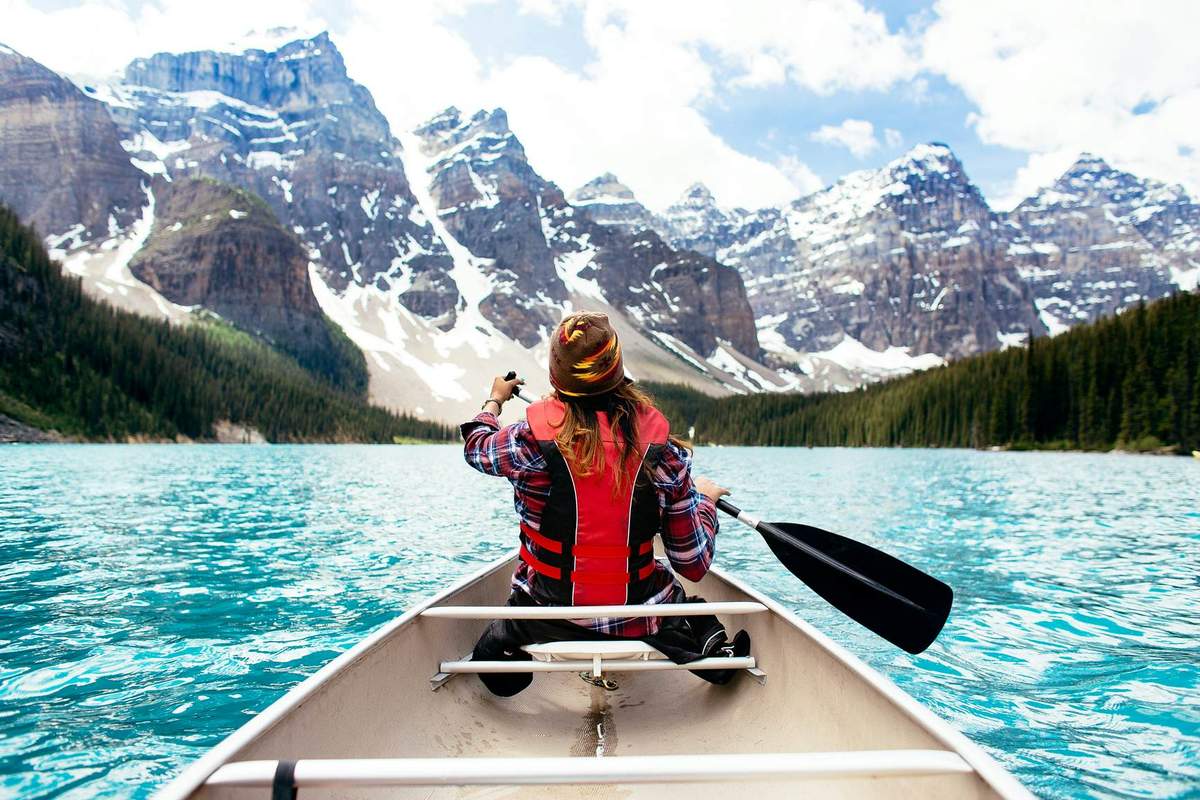Explore this beautiful Canadian island on a new long-distance trail

Aug 5, 2020 • 3 min read

Explore Vancouver Island on a new trail ©christian kober/Shutterstock
Ten years in the making, British Columbia’s Vancouver Island Trail (VIT) is Canada’s newest long-distance trail. It cuts across the spine of Vancouver Island for 770km stretching from the regal city of Victoria in the south to jagged sea-stacks of Cape Scott in the north. Along the way, trail-users can immerse themselves in every facet of the island’s ecology and culture: old-growth forests, velvety mountains, bumpy logging roads, abandoned mining camps, colossal wooden railway trestles and the territories of 49 First Nations cultures. Inspired in part by the US’s Pacific Crest Trail (famously depicted in the 2014 film Wild), the trail has been dubbed a ‘pilgrimage into the wilderness’.
Developing the VIT has been a gargantuan undertaking. Juxtaposing well-established paths along erstwhile railway lines with rugged new sections that require good navigational skills, the task of threading the route together began in 2009 with the establishment of the Vancouver Island Trail Association (VITA). A community-run non-profit group formed by experienced Canadian climber and hiker, Gil Parker, the VITA organizes volunteer trail-building expeditions as well as tackling more prosaic tasks such as liaising with private landowners and First Nations groups to iron out land access issues. It’s been an exhaustive process. Indeed, the initial aim of inaugurating the trail in time for Canada’s 150th anniversary in 2017 proved to be overly ambitious. A year later, significant progress was made when Isobel Glover, a 20-year-old University of Victoria student, became the first hiker to complete the trail in its entirety (albeit with a bit of bushwhacking en route) and in July 2019 the VIT’s southern terminus was officially opened at a ceremony in Victoria’s Anderson Hill Park.

While there are still a few gaps in the route, the trail, as of 2020, is over 85% complete with a series of seven topographic maps and a list of 20+ route descriptions available online to aid navigation.
The easier southern section of the route from Victoria to Lake Cowichan runs mostly along an old railway grade and incorporates the spectacular 44m-high Kinsol Trestle, restored after a community fundraising drive in 2011. This portion is passable on a bicycle or horseback. Another excellent hop-on point is the forestry town of Port Alberni, where you can hike north into the Beaufort Mountains or south alongside narrow Alberni Inlet. From the old mining community of Cumberland in the Comox Valley, the trail branches into Strathcona Provincial Park, home to Vancouver Island’s highest peaks and a winter ski area. The most northerly sections of the trail are more rugged and remote, hugging the coast between the Alaskan-like outposts of Port McNeill and Port Hardy before merging with the established North Coast Trail for the last 43km to Cape Scott. The Cape’s stormy beaches and wild Pacific waves make for a dramatic finale.

‘Thru-hikers’ will need about two months to cover the full distance, but with its many access points and opportunities to sally forth from interesting way-stations like Lake Cowichan, Port Alberni, and Woss, the VIT has been designed as much for day-trippers as wilderness warriors. Most sections are now mapped, signposted and hikeable with trail-building ongoing despite the pandemic. British Columbians can already enjoy the trail (and many do); international travellers earmarking a Canadian vacation in 2021 or 2022 should consider adding it to their ‘to-do’ list. Check the VIT website for updates and further details here.
Read more:
The islands that inspired Taylor Swift’s cozy Folklore sweater
Peek inside the world's first space plane for tourists
This incredible private island was sold to someone who only saw it on video
Plan with a local




